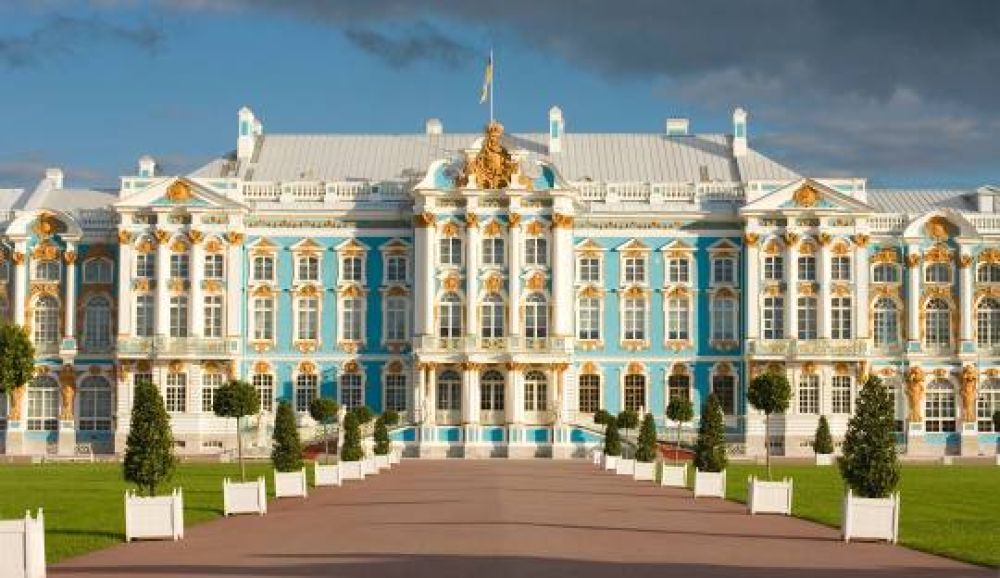

Located in the quaint town of Tsarskoye Selo (now Pushkin), just 25 kilometers south of Saint Petersburg, Catherine Palace stands as a brilliant testament to the lavish lifestyle of Russian royalty. Named after Catherine I, the wife of Peter the Great, the palace was originally commissioned in 1717. Over the years, its architecture and opulence have been enhanced by successive rulers, particularly by Empress Elizabeth and Catherine the Great.
The history of tourism at Catherine Palace dates back to the 18th century when the Russian nobility would frequent its grandiose halls and sprawling gardens. However, it wasn't until the 19th century that the palace started gaining fame among international tourists.
In the aftermath of the Russian Revolution, the palace, like many other royal properties, faced a period of neglect. During World War II, it suffered significant damage. It was in the post-war era that the Soviet government began extensive restoration projects, recognizing the palace's historical and cultural value as well as its potential to attract tourists.
The reopening of Catherine Palace to visitors in the mid-20th century marked the full-fledged beginning of tourism. Sightseers from all corners of the globe came to marvel at its restored beauty, including the famous Amber Room, which had been looted during the war and subsequently reconstructed using old photographs and drawings.
In recent years, Catherine Palace has witnessed a surge in tourist activity, buoyed by new trends in the industry. Modern visitors are now seeking more immersive and culturally rich experiences.
To accommodate the growing number of visitors, the palace management has improved facilities with multilingual guides and information booklets, providing a comprehensive understanding of this historical jewel. The palace's official website now offers online ticket purchasing options to streamline the visitor experience. The best time to visit Catherine Palace is during the late spring and summer months, when the gardens are in full bloom and the grand fountains are operational. However, visitors should be prepared for crowds, particularly during peak tourist season in July and August.
Preservation and restoration continue to play a crucial role in the story of Catherine Palace's tourism. Recent efforts have ensured that weakened structures and artwork are meticulously cared for, allowing this historic monument to be enjoyed by future generations. International collaboration has also been vital, with experts from various countries lending their skills to maintain the palace's grandeur.
Catherine Palace remains a shining example of Russia's rich cultural heritage and continues to captivate those who walk through its halls, offering a journey back in time to an era of extravagance and royal elegance.